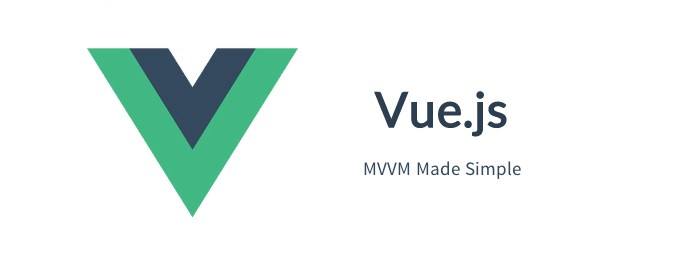v-if vs v-show
V-if is “real” and lazy:
- The event and child components inside the conditional block are properly destroyed and re-created during the toggle.
- If the condition is false on initial render, it’ll do nothing until the condition becomes true for the first time.
V-show element is always rendered regardless of initial condition.
Generally speaking, v-if has higher toggle costs while v-show has higher initial render costs.
So prefer v-show if the component is toggled very often. Otherwise, you should choose v-if.
Tips: Do not use v-if with v-for on the same element:
V-if has a higher priority than v-for, so the template:<ul> |
Will be evaluated similar to:
this.users.map(function (user) { |
We have to iterate over the entire list every time we re-render, whether or not the set of active users has changed.
By iterating over a computed property instead, like this:
computed: { |
<ul> |
Benefits:
- The filtered list will only be re-evaluated if there are relevant changes to the ‘users’ array, making filtering much more efficient.
- We only iterate over active users during render.
- Logic decoupled.(解耦)
We can also get similar benefits from moving the v-if to a container element, then we’re no longer checking shouldShowUsers for every user in the list. Instead, we check it once and don’t even evaluate the v-for if shouldShowUsers is false.
<ul v-if="shouldShowUsers"> |

